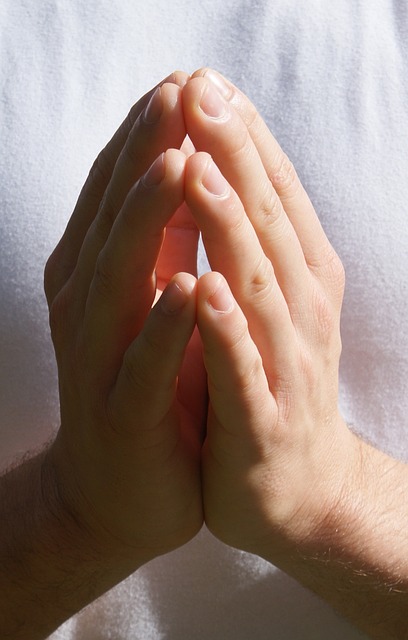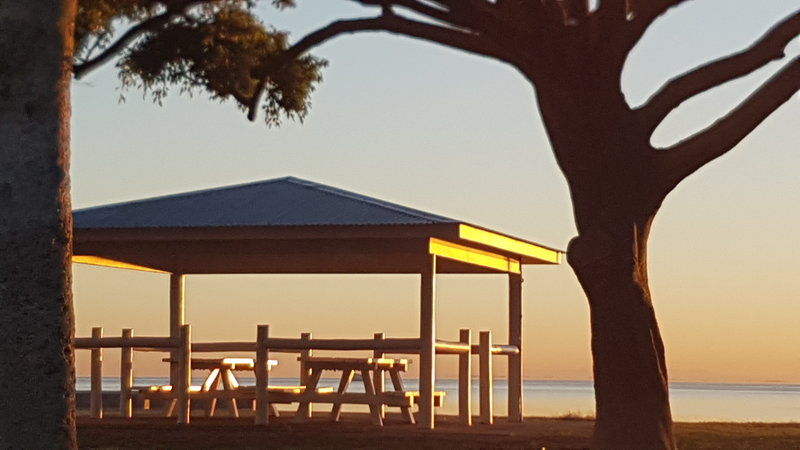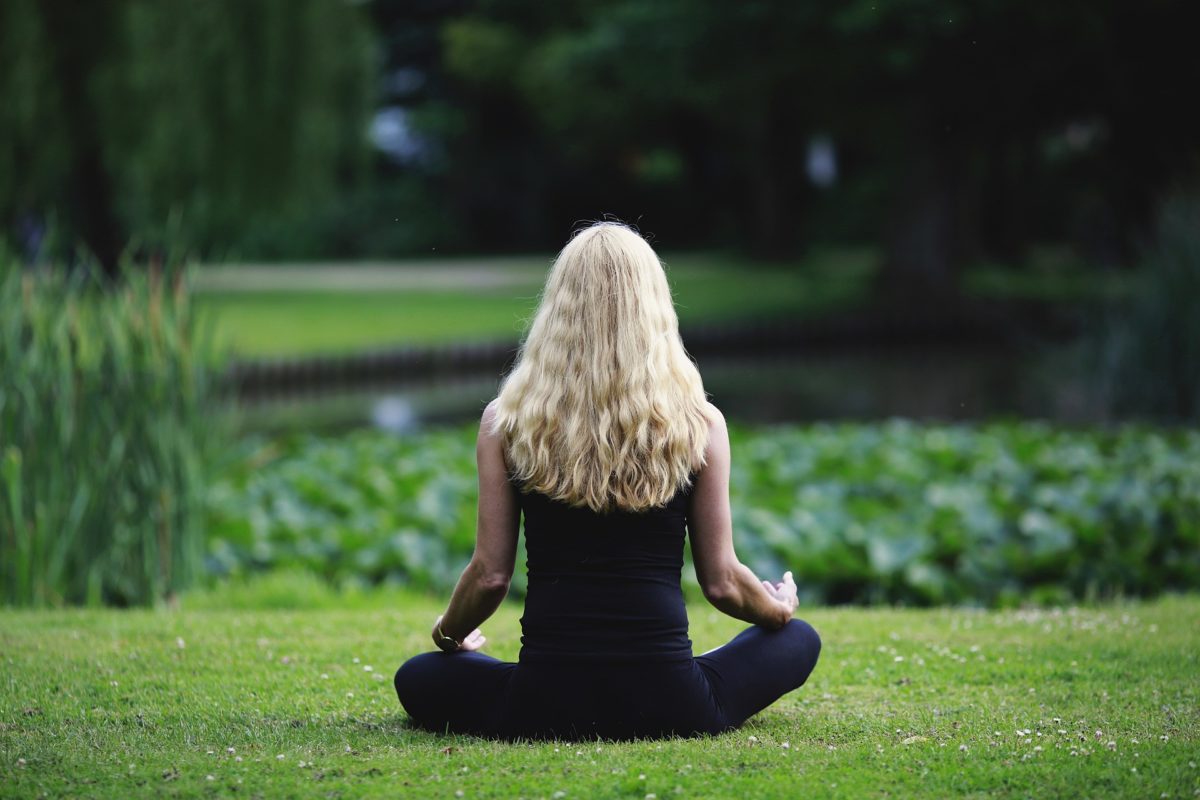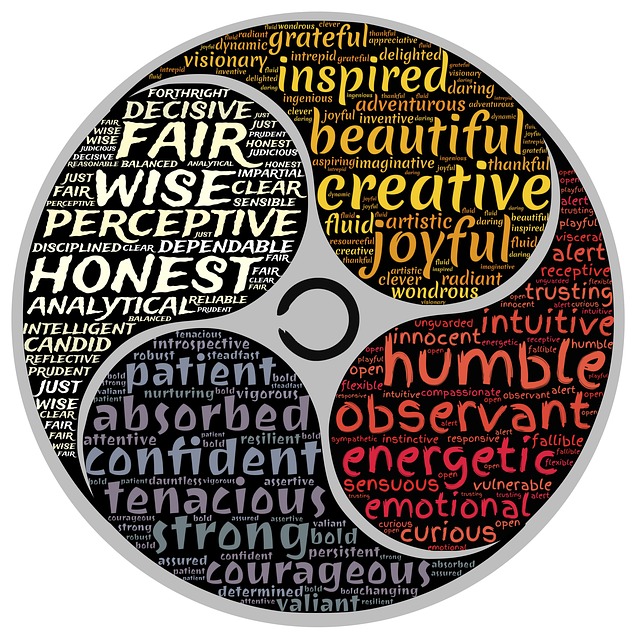Diana Winston offers a meditation for Working With Difficulties that is brief, focused and eminently practical. The seven-minute meditation is provided by her through the UCLA Mindful Awareness Research Center (MARC). Diana is Director of Mindfulness Education at MARC. She is also the author of the recently published book, The Little Book of Being. Diana’s guided meditation on dealing with difficulties provides a relaxing image as she takes you through the steps of the meditation process.
Guided meditation for working with difficulties
The guided meditation has several basic steps that involve alternating between an experience of peace and restfulness and the disturbing sensations associated with difficulties. The steps are detailed below:
- Adopt a comfortable position and become grounded through your breath, either by taking several deep breaths or just by tuning into your natural breathing pattern without trying to control its pace.
- Now find somewhere in your body that feels pleasant and restful – your fingers, hands, feet or ankles. Touching your fingers together can be a very useful way to bring positive energy to your practice and provide an ongoing anchor for you. As you get in touch with a pleasant part of your body, notice the sensations, the energetic flow, the warmth and comfort that surrounds you. Luxuriate in the pleasure of this bodily awareness of positivity. This step is important for you to be able to address your difficulty.
- This is the step that is really difficult – dealing directly with your difficult emotion(s) or bodily pain. Now you need to face up to what is happening for you. You might experience your difficulty as a pain in your shoulders, neck, back or somewhere else in your body. If so, feel the tension or tightness and try to let go or soften your muscles in that area. You might have to name the feelings you are experiencing to be able to tap into their bodily manifestations. It is important to capture the difficult feelings along with their bodily expression or you will not be able to gain a degree of release as you progress the meditation. However, it is equally important that you don’t “beat yourself up” if you can’t immediately tap into the feelings or painful sensations. With practice, you will be able to see, and feel, through the veil that you use to cover these unpleasant experiences.
- Once again revisit the part of your body that provides you with a pleasant feeling and/or sensation (Step 2).
- Repeat step 3 – facing up to your difficulty both emotionally and physically. With these repeated steps, you may experience a lessening of your difficulty – it may be shrinking in size or power or visual representation (e.g. no longer a disturbing menace that takes your breath away or spasmic pain that makes you uptight or rigid). Alternatively, you may experience your difficulty more intensely in the initial stages as you move past denial to acknowledgement and acceptance. Sometimes, it takes a while for us to accept that we are experiencing such strong, negative feelings. You may also be used to ignoring bodily tension over a long period. It is critical at this stage to treat yourself with loving kindness – rejecting any harsh judgment of yourself.
- You can repeat these steps in one meditation session, dropping in and out of pleasant sensations. If the difficulty is hard to shift in intensity, you may find it useful to repeat the meditation over several days or daily. As you progress with this form of meditation, you will be able eventually to just give your difficulty “a sideways glance”, not becoming overwhelmed by its intensity or tenacity.
As we grow in mindfulness through meditation, our awareness of our difficulties expands as well as our understanding of how these difficult emotions or physical pain are experienced in our body. This guided meditation for dealing with difficulties encourages us to move in and out of our discomfort to give us an emotional and physical break and to lessen the hold that the difficulty has over us. With time, the impact of the difficulty will lessen, and we will be better able to deal with the stress involved.
____________________________________________
Image by Heike Frohnhoff from Pixabay
By Ron Passfield – Copyright (Creative Commons license, Attribution–Non Commercial–No Derivatives)
Disclosure: If you purchase a product through this site, I may earn a commission which will help to pay for the site, the associated Meetup group and the resources to support the blog.
Note: Multi-talented Heike Frohnhoff is also a Jazz Singer.







